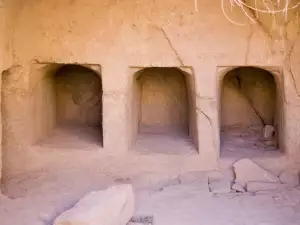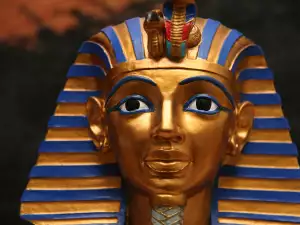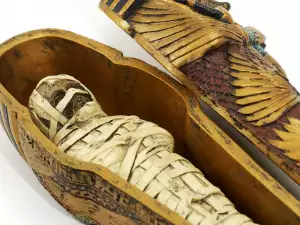During excavations inside the Egyptian Pyramid of Sneferu, French archaeologists discovered a secret chamber. It was found below one of the pyramid's empty spaces using a so-called muon scanner.
The scanner captures muons - charged particles that form in the upper layers of the atmosphere from cosmic rays and gas molecules in the air.
Upon impact, the speed of muons approaches the speed of light. This allows them to penetrate up to hundreds of feet beneath the Earth's surface. According to research, the Earth absorbs about 10 000 muons per minute per square meter.
After the find, the French archaeologists along with their Japanese colleagues are now going to be developing modifications for telescopes to allow them to see the movement of muons and thereby help them find spaces and secret chambers in ancient Egyptian structures more easily.
With permissions from the Egyptian government, research in the pyramids and tombs of the pharaohs has been ongoing since December of last year.
The method used is based on the speed of muons as they pass through solid materials and gasses.

Scientists have scanned the area and obtained the first X-ray image of the Pyramid of Sneferu - one of the first pyramids built in Ancient Egypt. The image shows the secret chamber, located beneath an 59 ft (18 m) room that was already known to scientists.
This same technology is to be used to study the Great Pyramid of Giza and Tomb of Tutankhamen.
Recently, it was discovered that the dagger buried alongside one of Ancient Egypt's youngest pharaohs, King Tutankhamen, was made from the iron of a meteorite.
The find confirms that the ancient Egyptians attributed great importance to the iron from meteorites when crafting valuable items. During the entire 19th Egyptian Dynasty, this type of iron was called the "iron from the sky".
Tut's dagger has a golden handle with painted crystal figures and is currently being kept at the Egyptian Museum in Cairo.













